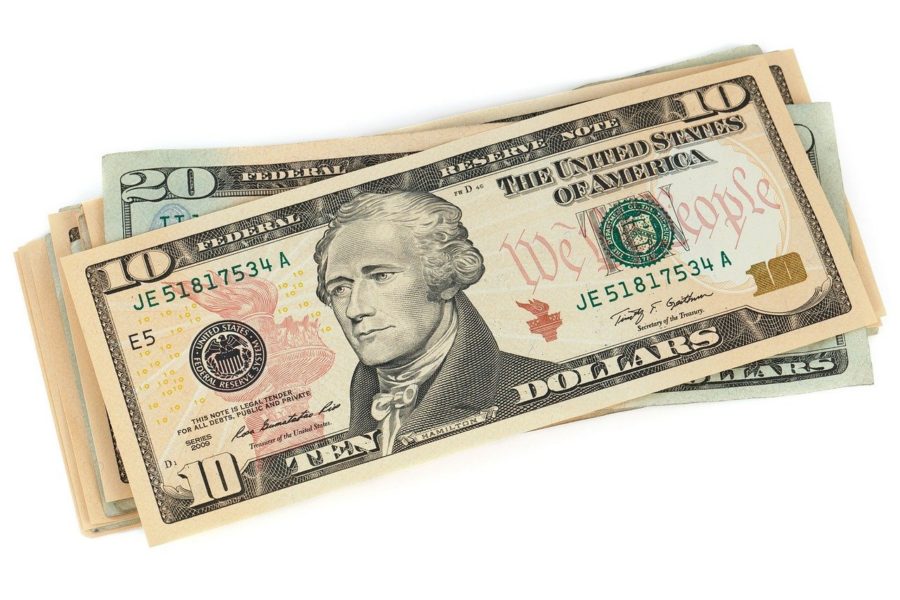
National Market Penetration in P2P Payments
In the United States, bank account holders use apps like Zelle and Venmo to send payments to other individuals. Other countries, including Britain, Norway, Sweden, and Denmark, have similar mobile payment systems. Banks have formed partnerships in these countries, like they have in the US, so their account holders can send money to one another.
Some of these apps allow account holders to send instant payments to small businesses, although the businesses may have to pay extra fees to use the services. P2P payment apps are often free-to-use for individuals, though, and are useful when friends are splitting the cost of a meal or the monthly rent payment. So I decided to look up these payment services to see how popular they were in each country.
The Swedish P2P Payments Market
In Sweden, an app called Swish allows bank account holders to make peer-to-peer payments. On Swish’s website, the P2P payments app reports that it has 7.4 million users. Sweden has a population of 10.20 million. But 1.78 million of its citizens are younger than age 15 and are unlikely to have bank accounts. So the potential userbase for Swish is about 8.42 million. And that means Swish has 88 percent market penetration. The app developer also reported that 74 percent of young adults used its payment app in the last week, so these aren’t inactive P2P payment accounts either.
The Danish P2P Payments Market
Danske Bank developed a mobile payments app called MobilePay that has 4.1 million users in Denmark alone. It’s trying to enter other Scandinavian markets with the app but faces tough competition there. MobilePay is also offered in partnership with 60 other Danish banks, so this Danish payments app is widely available. There are 5.82 million Danes, and 964,000 are children. That’s a userbase of 4.86 million. And dividing 4.1 by 4.86 gives a figure of 84 percent market penetration for MobilePay.
The Norwegian P2P Payments Market
In Norway, the most popular mobile payments app is Vipps. This P2P payments app has a user base of 2.4 million people, according to DNB, the Norwegian bank that developed it. Like the other P2P payments apps, Vipps has entered into partnerships with other Norwegian banks to offer its app to their customers. Norway had 5.33 million citizens in 2020, and about 959,000 were children. That’s a user base of 4.37 million. And it means that 55 percent of Norwegians are using Vipps to send cash to one another, which is still a majority of the population.
The US P2P Payments Market
In the US, the banks’ payments app Zelle competes against Venmo, a PayPal subsidiary. Square, the maker of Cash App, also has a smaller share of the market. There are about 74 million people using P2P payments apps in the United States, according to eMarketer. It’s difficult to determine how many users each app has, and statistics from 2018 are out of date. But it is possible to calculate the penetration for P2P payments apps. There’s about 330 million people in the US, and about 20 percent are children. That’s a potential user base of about 264 million people, indicating that market penetration for P2P payments apps is about 29 percent.
The British P2P Payments Market
In Britain, the banks have created an app called Paym to process peer-to-peer payments. Like the other P2P payments apps, Paym allows individuals to instantly transfer money to other Paym users if they know the recipient’s phone number. Paym has about 4 million users. And it’s available from 15 banks, including major banks in Wales, Scotland, and Northern Ireland. But 66.8 million people live in the UK. About 12 million of them are children. That’s a user base of around 55 million, so Paym has a market penetration of around 7 percent. The low penetration rate might be the result of a lack of marketing, as Paym’s last blog post was in February 2018. So Britain might be a better market than Scandinavia and the US for startups who want to launch P2P payments apps there. The banks’ app isn’t very popular.